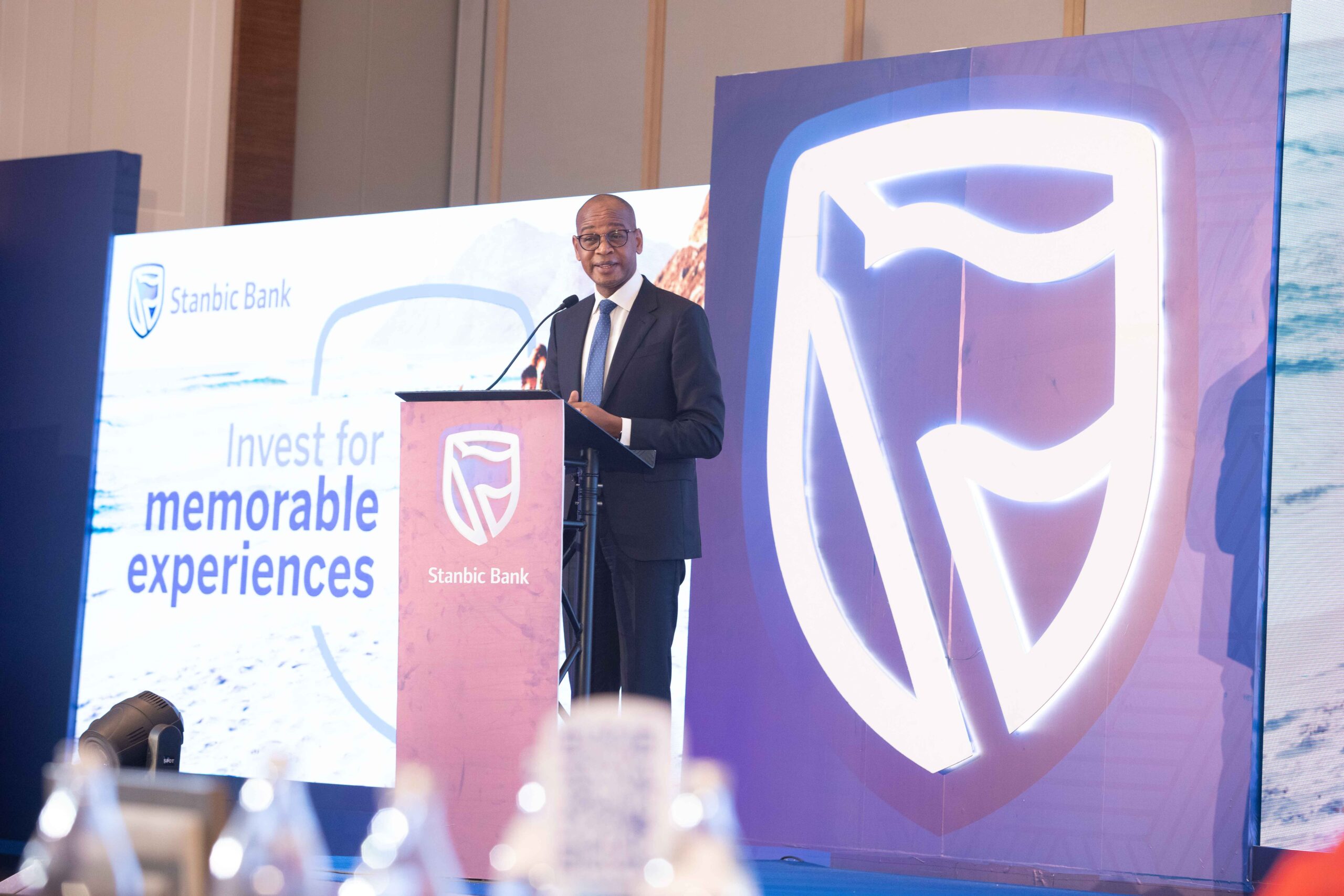Stanbic Bank Kenya Limited recorded a profit after tax of KES 9.38 billion for the nine months to September 30, 2025, marking a 7.5 percent drop in bottom line performance. The bank attributed the contraction to a 25 percent fall in gross interest income driven by lower interest rates and a 49 percent decline in foreign exchange revenue due to compressed margins.
The downside was partly moderated by a 49 percent easing in interest expense as the bank rebalanced its funding structure and a 34 percent increase in foreign exchange trading volumes, which supported overall operating income.
Loan Book Outpaces Industry Growth
Stanbic’s loans and advances rose 16 percent year on year to KES 253 billion, expanding faster than overall private sector credit growth. The lender cited enhanced customer support programmes and product diversification as key drivers.
Customer deposits increased 5 percent, reflecting sustained customer confidence amid a challenging macroeconomic environment. The bank’s balance sheet closed the period at KES 476 billion, anchored in strategic lending to oil and gas, agriculture, SMEs and retail customers.
Chief Executive Dr Joshua Oigara said the performance shows the resilience of the franchise during a period of margin strain.
“Our Q3 performance reflects the strength of our franchise and the confidence our customers place in us. With robust growth in loans and deposits, we are building the foundations for sustainable earnings as we transform for the future,” Dr Oigara said.
The bank also facilitated a USD 1.5 billion Eurobond transaction for the Government of Kenya, continuing its role in sovereign liability management.
Asset Quality and Operational Efficiency
Stanbic’s Non Performing Loans ratio stood at 8.4 percent, among the lowest in the industry during a year marked by elevated credit defaults and slow private sector lending.
Chief Financial and Value Officer Dennis Musau said stable customer activity supported the momentum of the balance sheet despite pressure on margins.
“Our balance sheet momentum remains strong, supported by sustained customer activity. While margin compression has moderated earnings, our strategic position remains solid,” he said.
The bank also continued to strengthen its digital channels, adding 18 new features to its mobile platform. Its asset management portfolio grew to KES 4.81 billion.
Macroeconomic Outlook and Rating Update
Stanbic expects stabilising macroeconomic indicators to support gradual recovery. The bank cited well anchored inflation, improved currency stability, sufficient forex reserves and the resumption of South Sudan oil exports as positive signals.
In October, Fitch Ratings reaffirmed Stanbic Bank Kenya’s rating at B with a Stable Outlook, and maintained its Viability Rating at b, the highest level achievable on Kenya’s national scale.
Key Performance and Strategic Highlights
• Credit impairments reduced by 7 percent due to lower exposure and enhanced recoveries
• Financial investments surged 31.8 percent to KES 100.4 billion
• KES 94.8 billion issued in trade loans
• KES 1.27 billion deployed to affordable housing financing
• KES 47.6 billion lent to women led businesses under the DADA programme
• 8 percent of total lending allocated to agriculture
• KES 4.5 billion in green building loans issued
• KES 1.8 billion deployed to climate smart agriculture
• KES 11.5 million invested in solar financing initiatives
Industry Recognition
Stanbic was named Best Investment Bank in Kenya by Euromoney for the fifth consecutive year. It also received EMEA Finance awards for its role in Kenya’s sovereign refinancing and bond issuance transactions.
Social Impact and SME Support
Through the Stanbic Kenya Foundation, the bank disbursed KES 57 million in catalytic funding to MSMEs, trained 6,664 individuals on financial literacy and offered vocational training to more than 7,000 people.
Stanbic was also ranked the 5th largest MSME lender in Kenya by the Kenya Bankers Association, underscoring its growing role in enterprise financing.





